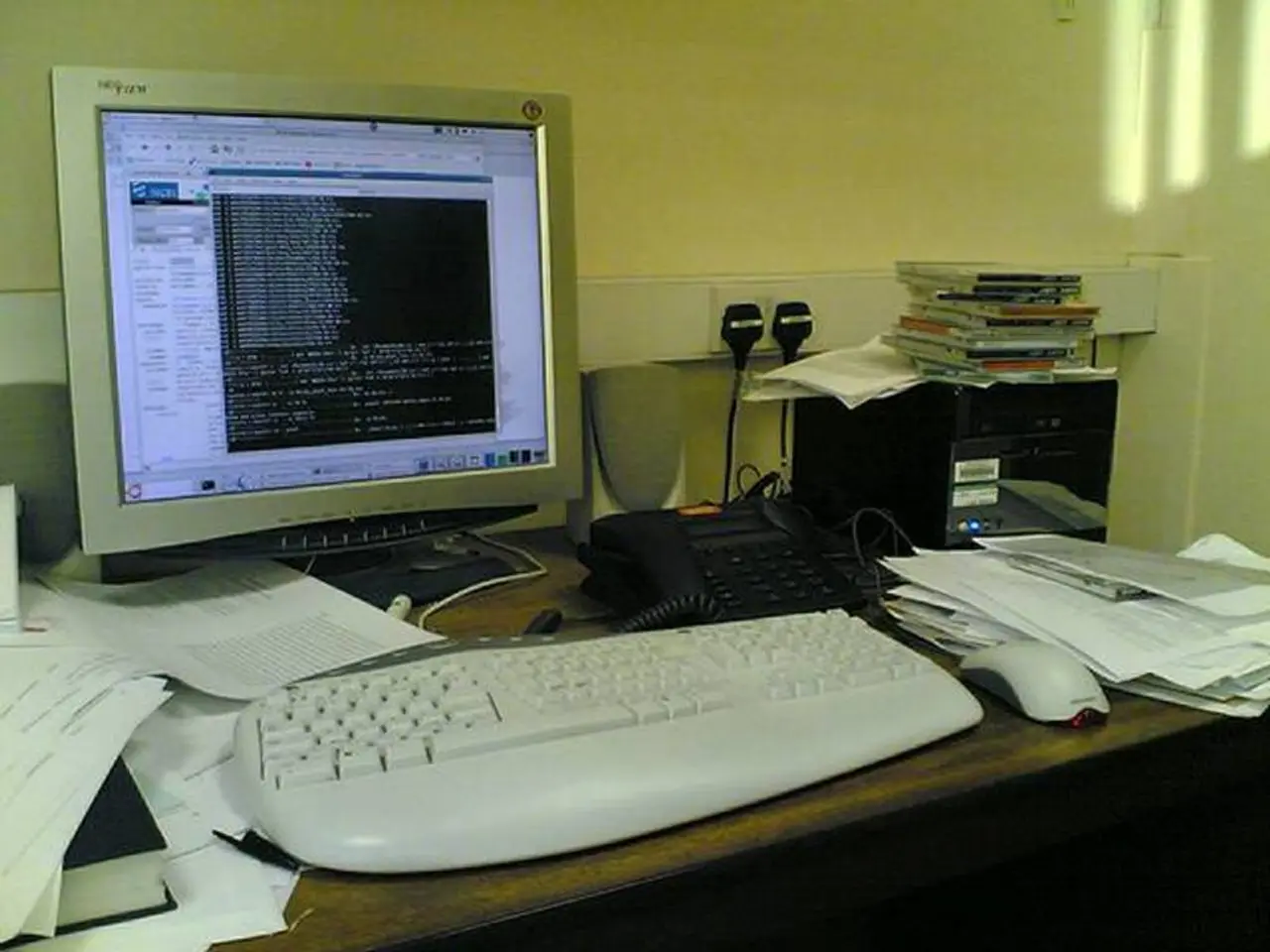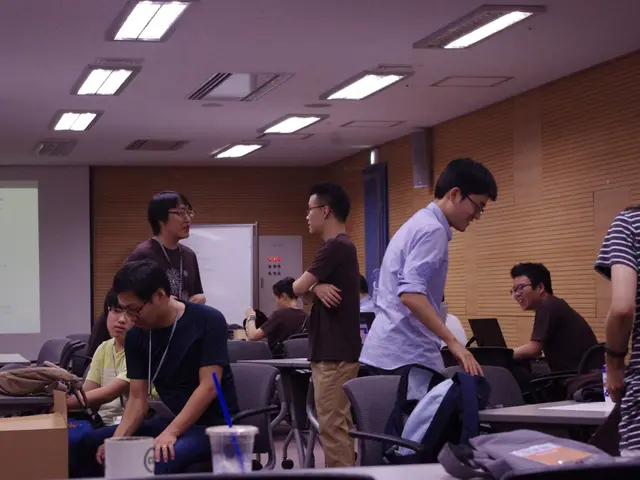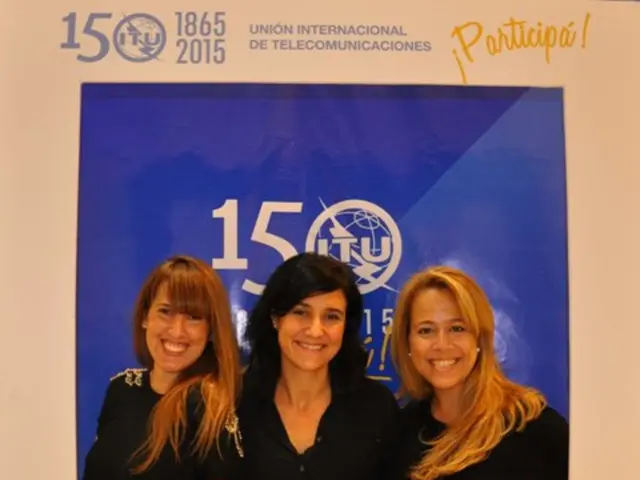Context Switching Explained: Its Impact on Productivity and Why It's Impacting Yours Negatively
Context switching, the act of switching focus between unrelated tasks, can negatively impact productivity. It disrupts focus, increases completion times, causes more errors, and leads to mental fatigue [1][2][5]. This phenomenon induces a "switching cost" where the brain must unload one task’s context and load another, reducing overall efficiency and work quality.
Key effects of context switching on productivity include longer task completion times, reduced accuracy and increased error rates, lower decision-making quality and mental fatigue, attention residue, and fragmented attention preventing deep work or flow states essential for complex problem solving [3].
To minimize or avoid the negative effects of context switching, several strategies can be applied. Prioritizing and batching tasks is one such strategy. Using Warren Buffett's Two-List Strategy, focus on 3-5 critical tasks, avoid distractions, and batch similar tasks together to reduce switching [3][1]. This approach maintains focus on high-impact work and reduces distractions.
Single-tasking, or working on one task at a time, is another effective method. Embrace this practice, discourage multitasking, and create rituals to enter and exit deep focus work. Use tools like "parking lot" documents for intrusive thoughts [3]. This enhances the flow state and depth of attention, reduces attention residue.
Energy and cognitive load management is crucial. Align tasks with natural energy patterns, automate routine decisions, and reduce decision fatigue. Minimizing external distractions, such as turning off unnecessary notifications, scheduling specific times to check emails or messages, and creating distraction-free work periods, also helps [1][4].
Mindful transitions, using brief meditation or breathing exercises between tasks, can ease cognitive reload when changing tasks. Maintain clear end/start boundaries for tasks to further reduce the impact of context switching [3].
Minimizing distractions during work hours, turning off your phone, setting aside non-related apps, and closing out browser tabs that aren't related to your task, can help maintain focus. Adopting techniques like the Pomodoro technique, which involves splitting time into 25-minute blocks, working on a single task nonstop until the time runs out, and taking short breaks, can also be beneficial [4].
Research by computer scientist and psychologist Gerald Weinberg concluded that each added task consumes as much as 20% to 80% of a person's productivity [6]. Tackling context switching can improve project management, reduce the time required to complete tasks, eliminate "attention residue" that distracts from current tasks, and help achieve a healthier work-life balance [7].
In summary, context switching erodes productivity by fragmenting attention and increasing mental effort. Minimizing it requires intentional task prioritization, single-task focus, managing cognitive load, and controlling distractions to maintain sustained deep work and mental clarity [1][3][5]. Embracing these strategies can significantly improve productivity and work efficiency.
[1] [Newport, C. (2016). Deep work: Rules for focused success in a distracted world. Grand Central Publishing.] [2] [Wagner, R. K., & Smith, M. (2003). The effects of multitasking on memory and cognition. Current Directions in Psychological Science, 12(6), 185–190.] [3] [Randolph, P. (2021). The Productivity Project: Accomplishing More by Managing Your Time, Attention, and Energy. Little, Brown Spark.] [4] [Cirillo, F. (2018). Pomodoro Technique Illustrated: The Easy Way to Do More in Less Time. Crown Business.] [5] [Murphy, M. D., & Smith, M. (2007). Multitasking: Switching costs and individual differences in working memory performance. Journal of Experimental Psychology: Learning, Memory, and Cognition, 33(3), 580–590.] [6] [Weinberg, G. (1976). The Psychology of Computer Programming. Dorset House Pub.] [7] [Hubstaff Blog. (n.d.). Productivity Strategies: Tips, Tools, and Techniques for Boosting Your Output. Retrieved from https://blog.hubstaff.com/productivity-strategies/]
- Implementing the Pomodoro Technique, which involves focusing on a single task for 25 minutes without interruption, can help reduce the negative effects of context switching and improve productivity [4].
- Regularly practicing brief meditation or breathing exercises between tasks can help reduce the cognitive reload caused by context switching, aiding in transition between tasks [3].
- Adopting the Two-List Strategy, which prioritizes 3-5 essential tasks and batches similar ones together, can minimize the frequency of context switching and improve the quality of work [3].
- By embracing single-tasking and minimizing distractions during work hours, individuals can enhance their ability to achieve a state of deep focus, thereby reducing "attention residue," which is a byproduct of context switching [1][3].



